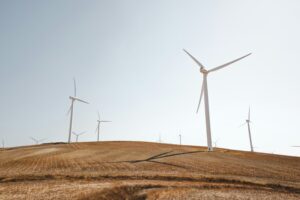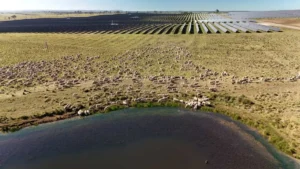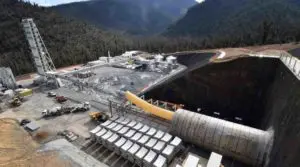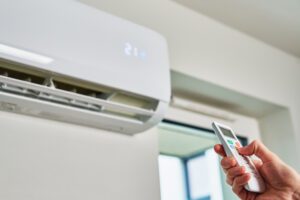This graph below comes from Australian listed renewable energy developer Windlab, and it is not hard to understand why.
Windlab is the developer of the two best performing wind farms in the country, at least for this year. As shown in the red columns on the left, the small Coonooer Bridge wind farm and the relatively new 31MW Kiata wind farm have both been operating at capacity factors of 45 per cent or more in 2018.
CEO Roger Price says that in July and August the capacity factor of both wind farms have been even higher – at more than 60 per cent. That’s not unusual at this time of year, but it goes to underline the extraordinary output of wind farms in the best locations.
 Windlab was spun out of the CSIRO years ago, having developed a technology that identified the best wind resources, which are not always on the coast.
Windlab was spun out of the CSIRO years ago, having developed a technology that identified the best wind resources, which are not always on the coast.
“It’s a great testament to our technology and its ability to find the best resources,” Price told an analysts briefing on Wednesday for the company’s latest results presentation.
Price reckons he can do much better than 45 per cent. Windlab’s proposed wind farm in Tanzania – the first in the country – is likely to have a capacity factor of 60 per cent. Even better, most of the wind blows in the dry season – Tanzania’s biggest source of electricity now is hydro.
Price says Windlab has entered contract negotiations with the local utility for what will likely be a 100MW first stage of that project.
Windlab is also pleased that the new administration in South Africa is reviving that country’s renewable energy program, with another 1800MW of wind and solar to be auctioned later this year. Windlab has around 600MW from five different projects that it expects to submit to the tender.
At home, Windlab expects to finalise financing for the new 104MW Lakeland wind project in north Queensland in the next month or two, and last week installed the first turbine of its 60MW Kennedy energy hub – the first on-grid project in Australia to combine wind, solar and battery storage.
The next stage is “Big Kennedy” – a potential 1,200MW combination of wind, solar and battery storage – that Price says will act as a kind of “renewable baseload generator for the region. We are sure he means dispatchable.
The wind in the area blows largely at night and complements the solar resource, and is one of a number of hybrid projects proposed for the region – despite insistence from local conservatives to build a new coal generator.










